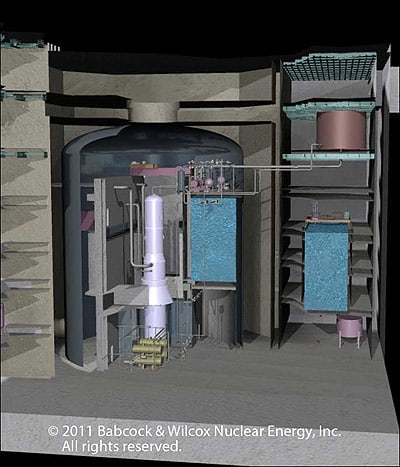San Onofre (SONGS) owner updates public on cause of steam generator tube wear
The US Nuclear Regulatory Commission’s Augmented Inspection Team (AIT) held a public information meeting on June 18, 2012 to present findings from their investigation into the cause of the excessive steam generator tube degradation found in units 2 and 3 of the San Onofre Nuclear Generating Station (SONGS). Southern California Edison (SCE), SONGS owner and…

